"Experience may play a role, but it’s not everything," Bartoli analyzes the Anisimova-Swiatek final at Wimbledon
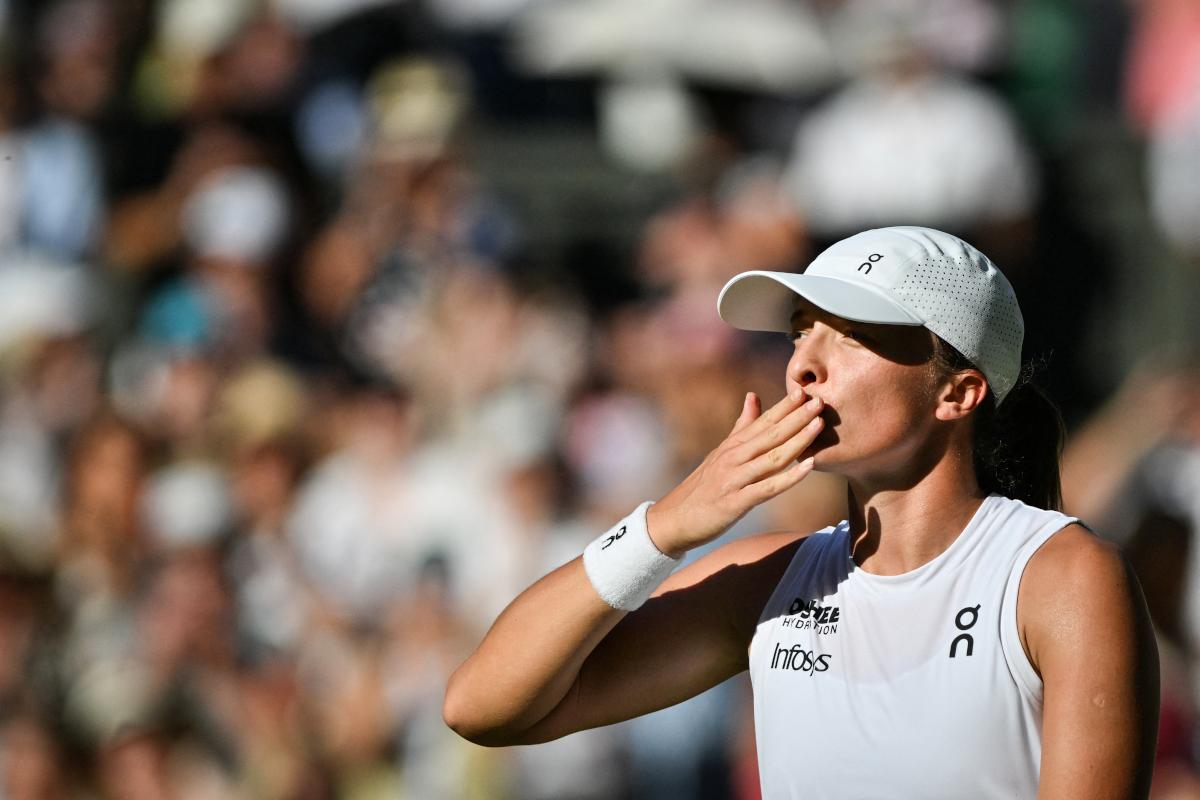
This Saturday, the women’s singles final at Wimbledon will feature Amanda Anisimova and Iga Swiatek. Both players are competing in their first final at the All England Club and have proven they can perform at a very high level on grass.
Marion Bartoli, the 2013 Wimbledon champion who defeated Sabine Lisicki in the final, analyzed this match between the American and the Pole for *L'Équipe* in recent hours.
"This will be the first Wimbledon final for both, but the first Grand Slam final overall for Anisimova, while Swiatek has won her first five Grand Slam finals.
In the past, we tended to say that experience in finals played a big role, but there have been so many counterexamples recently that I’m a bit more cautious now.
At the US Open, Naomi Osaka and Bianca Andreescu won their first Grand Slam finals against Serena Williams. Experience, yes, of course, may play a part. But it’s not everything. At some point, it’s still the level of play that makes the difference.
If Anisimova brings the quality of tennis she’s been able to produce throughout the tournament and takes control of the match, she can do it. She’s extremely dangerous on a surface like grass, where the ball gains speed when hit flat.
She plays faster, hits harder, serves bigger. But for that to happen, she really needs to take charge because she has a very strong backhand, but that’s both players’ biggest weapon. So it’ll be power against power—who’s stronger? And that’s going to be very interesting. In my opinion, that will be one of the keys to the match.
The other key is Swiatek’s serve. She’s significantly increased her first-serve speed, consistently serving above 185 km/h, which wasn’t necessarily the case before.
There’s been all this work done on her serve with her coach Wim Fissette since the start of the year. There were chaotic moments when it was difficult for her, with lots of double faults—she lost her rhythm and confidence.
But she stuck with that plan, and now she’s reaping the rewards. She’s been able to massively improve her serve speed. And on grass, it makes a huge difference when you can consistently serve around 190 km/h with very high first-serve percentages.
It doesn’t leave many opportunities for the opponent to break. And she’s really demonstrated that aspect of her game since the start of the tournament. She lost that set against McNally in the second round, but since then, she’s been in complete control," explained the former world No. 7.












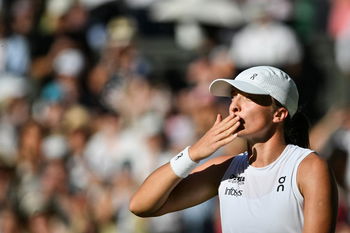
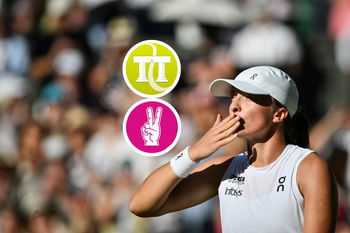
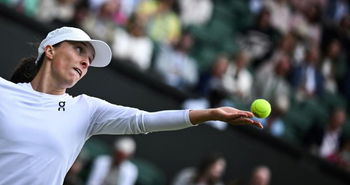
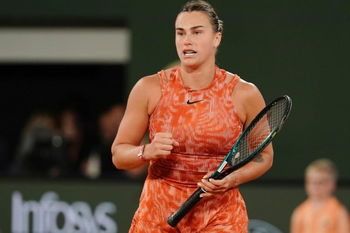



 More Than a Match: Pay Inequalities Between Women and Men in Tennis
More Than a Match: Pay Inequalities Between Women and Men in Tennis  Changing coach or reinventing yourself: the off-season, time for big decisions
Changing coach or reinventing yourself: the off-season, time for big decisions  The Rafa Nadal Academy: a model of expertise and professionalism for tennis’s future stars
The Rafa Nadal Academy: a model of expertise and professionalism for tennis’s future stars  Davis Cup: between reforms, criticism and national culture
Davis Cup: between reforms, criticism and national culture 